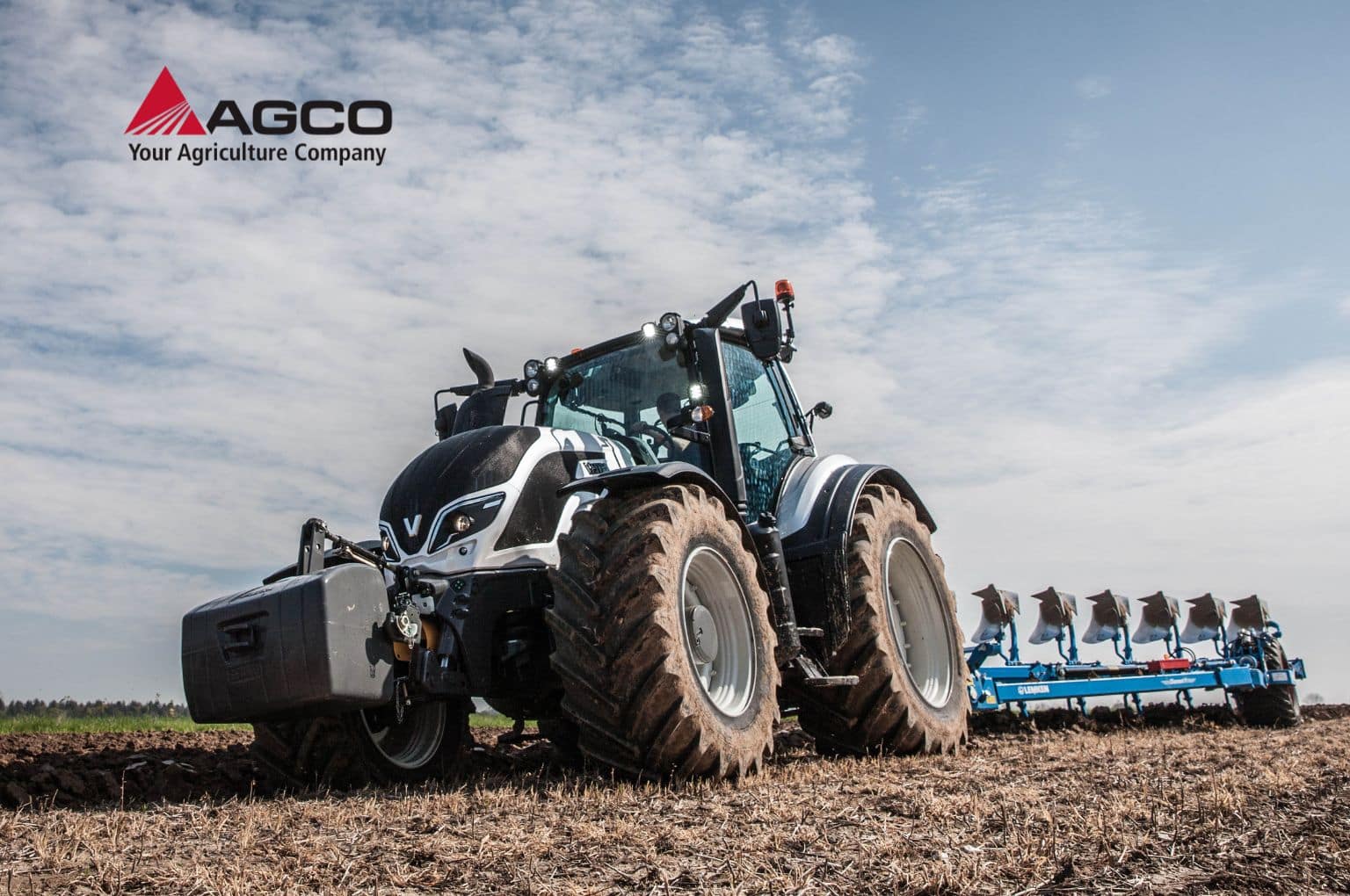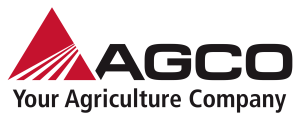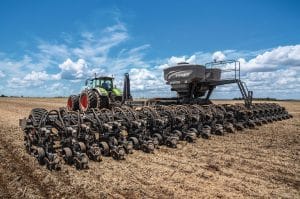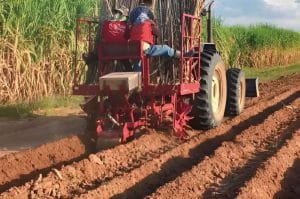AGCO reported net sales of $2.9 billion for the fourth quarter of 2024, a decrease of 24.0% compared to the fourth quarter of 2023. Net sales for the full year of 2024 were approximately $11.7 billion, a decrease of 19.1% compared to 2023.
“AGCO delivered strong fourth quarter results with an adjusted operating margin of 9.9%, even with challenging market dynamics and aggressive production cuts,” said Eric Hansotia, AGCO’s Chairman, President and Chief Executive Officer. “We cut our production hours 33% in the fourth quarter and ended the year with lower company and dealer inventory compared to 2023. Our full-year adjusted operating margin performance of 8.9% is by far our best performance in an industry downturn. The strong performance in 2024, driven by our three high-margin growth levers and intense focus on cost controls, underscores the ongoing structural transformation at AGCO as we deliver more resilient and higher earnings across the cycle.”
“In 2025, we will continue to execute our Farmer-First strategy strengthened by the portfolio moves and aggressive cost control actions, including our ongoing restructuring program”, Hansotia continued. “We expect these efforts to dampen the impact of further weakening industry demand, helping deliver adjusted operating margins well above levels achieved during prior industry troughs. We will continue our investments in premium technology, smart farming solutions and enhanced digital capabilities to support our Farmer-First strategy to better position the company for success when the industry recovers while helping to sustainably feed the world.”
“Global agricultural markets face both challenges and opportunities”, Hansotia concluded. U.S. net cash farm income remains strong for livestock-focused farms, while crop-focused farms are experiencing declines due to fluctuating prices for corn, soybeans, and wheat and relatively elevated input costs. Brazil’s record soybean production and delayed corn planting highlight both growth potential and risks. Geopolitical instability, coupled with weather-related disruptions in major producing regions like Russia and Ukraine, continue to impact global wheat supplies, adding uncertainty to the market. Demand for new equipment has softened further in most global markets, particularly as lower farm income persists for crop producers. We continue to expect increased adoption of precision technology, but challenging farm economics are resulting in weak global industry demand across most equipment categories.”
Regional differences
North American industry retail tractor sales decreased 13% during 2024 compared to the previous year. Sales declines were relatively consistent across the horsepower categories with higher horsepower categories declining more in recent months. Combine unit sales were down 22% in 2024 compared to 2023. Lower projected farm income and a refreshed fleet is expected to pressure industry demand in 2025, resulting in weaker North American industry sales compared to 2024, particularly in larger equipment.
Brazil industry retail tractor sales decreased 4% during 2024 compared to the previous year. Farm acreage in Brazil increased only modestly in 2024 after five years of more significant growth. Lower commodity prices, rising farmer debt, and reduced demand from China created caution among Brazilian farmers. Industry demand in Brazil is expected to remain flat in 2025, due to mixed market dynamics.
In Western Europe, industry retail tractor sales decreased 6% during 2024 compared to the previous year with more significant declines in Scandinavia, the United Kingdom and Italy. Industry demand is expected to remain soft in 2025 as lower income levels pressure demand from arable farmers, while healthy demand from dairy and livestock producers is expected to mitigate some of the decline.
North America
North American net sales decreased 24.7% for the full year of 2024 compared to 2023, excluding the impact of unfavorable currency translation and favorable impact of an acquisition. Softer industry sales and lower end-market demand contributed to lower sales. The most significant sales declines occurred in the high-horsepower and mid-range tractor categories, as well as hay tools. Income from operations for the full year of 2024 decreased $283.5 million compared to 2023 and operating margins were 6.2%. The decrease resulted from lower sales and production volumes, as well as increased discounts.
South America
Net sales in AGCO’s South American region decreased 38.6% for the full year of 2024 compared to 2023, excluding the impact of unfavorable currency translation and favorable impact of an acquisition. Softer industry retail sales and under-production of retail demand drove most of the decrease. Lower sales of high-horsepower tractors, combines and planters accounted for most of the decline. Income from operations for the full year of 2024 decreased by $282.0 million compared to 2023. This decrease was primarily a result of lower sales and production volumes as well as negative pricing.
Europe/Middle East
Europe/Middle East region net sales decreased 10.9% for the full year of 2024 compared to 2023, excluding the impact of favorable currency translation and favorable impact of an acquisition. Lower sales across most of the European markets were partially offset by growth in Spain and Turkey. Declines were largest in mid-range and high-horsepower tractors and hay equipment. Income from operations decreased $174.9 million for the full year of 2024 compared to 2023. This decrease was primarily a result of lower sales and production volumes.
Asia/Pacific/Africa
Net sales in the Asia/Pacific/Africa region decreased 24.0%, excluding the impact of unfavorable currency translation and favorable impact of an acquisition, during the full year of 2024 compared to 2023 due to weaker end market demand and lower production volumes. Lower sales in China, Australia and Africa drove most of the decline. Income from operations decreased $44.6 million for the full year of 2024 compared to 2023 primarily due to lower sales volumes.
Outlook
AGCO’s net sales for 2025 are expected to be approximately $9.6 billion, reflecting lower sales volumes, relatively flat pricing as well as unfavorable foreign currency translation. Adjusted operating margins are projected to be approximately 7% – 7.5%, reflecting the impact of lower sales, lower production volumes, increased cost controls and moderately lower investments in engineering.

![RightSpot Ad Template Digital-1400×190-px[76] Ag Leader RightSpot](https://world-agritech.com/wp-content/uploads/elementor/thumbs/RightSpot-Ad-Template-Digital-1400x190-px76-r316mmc0hgoob9qxmklllnnbxta1nlj7t2vjkoyeek.png)








